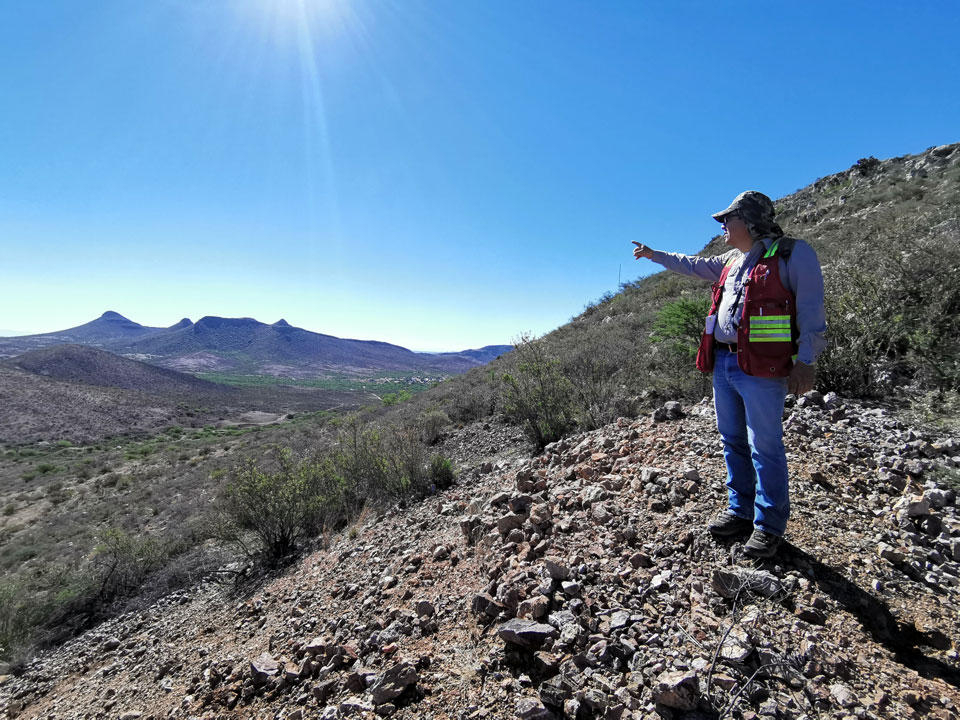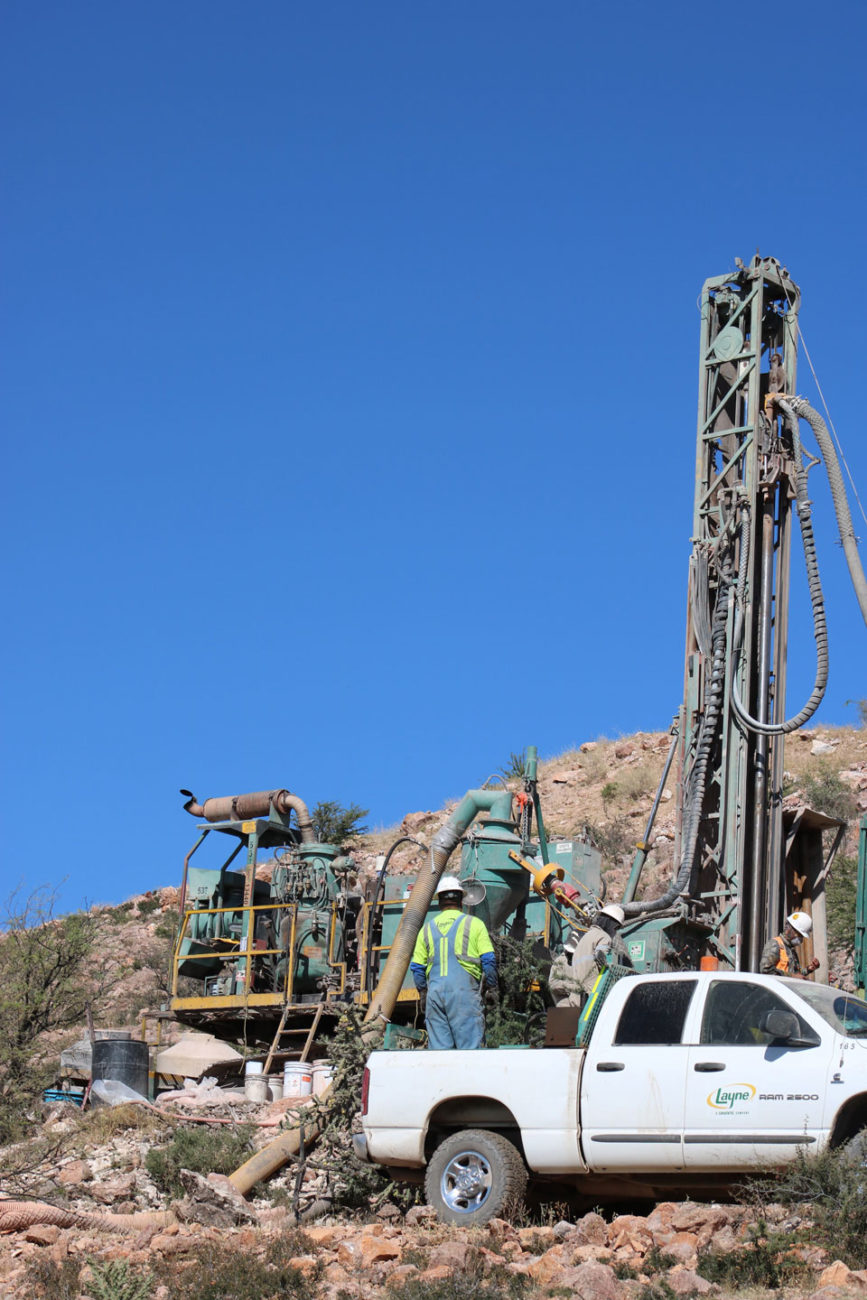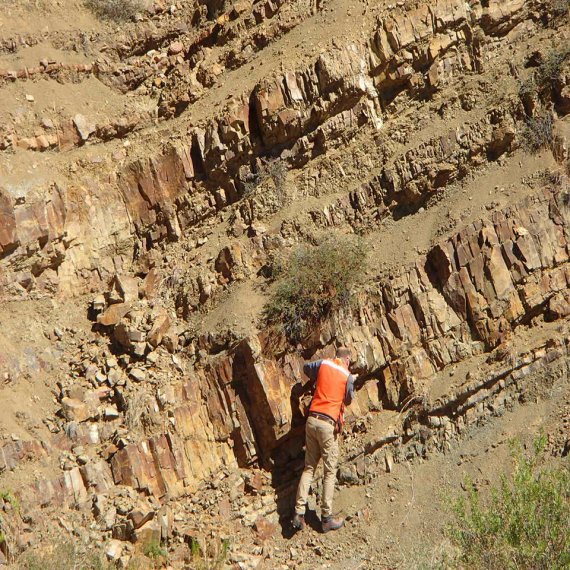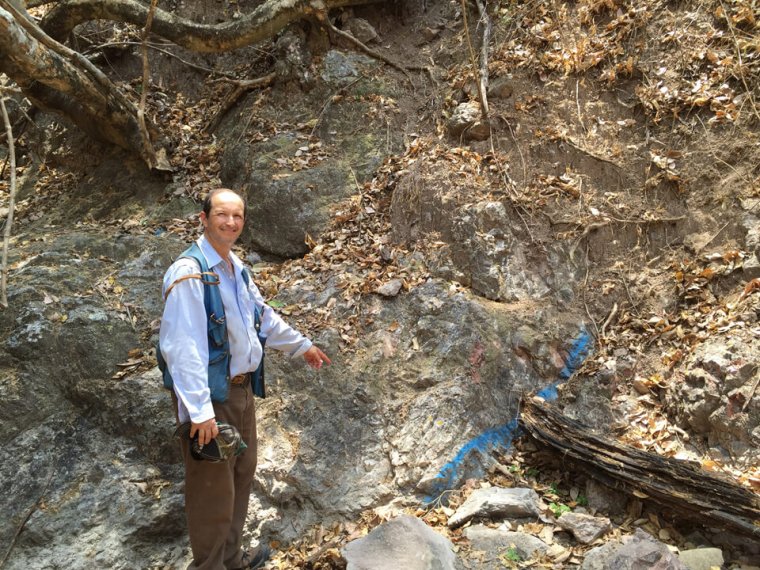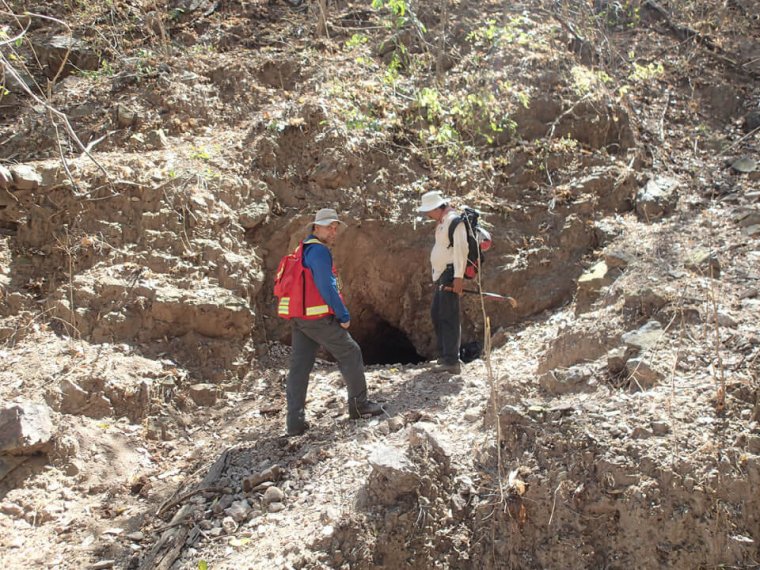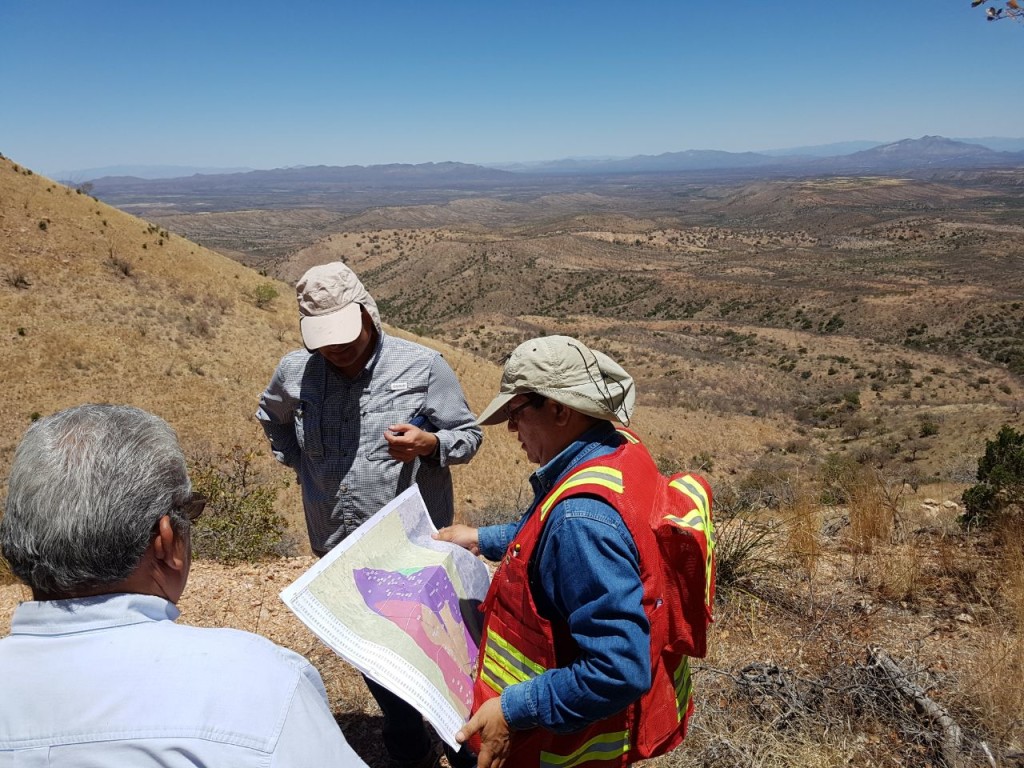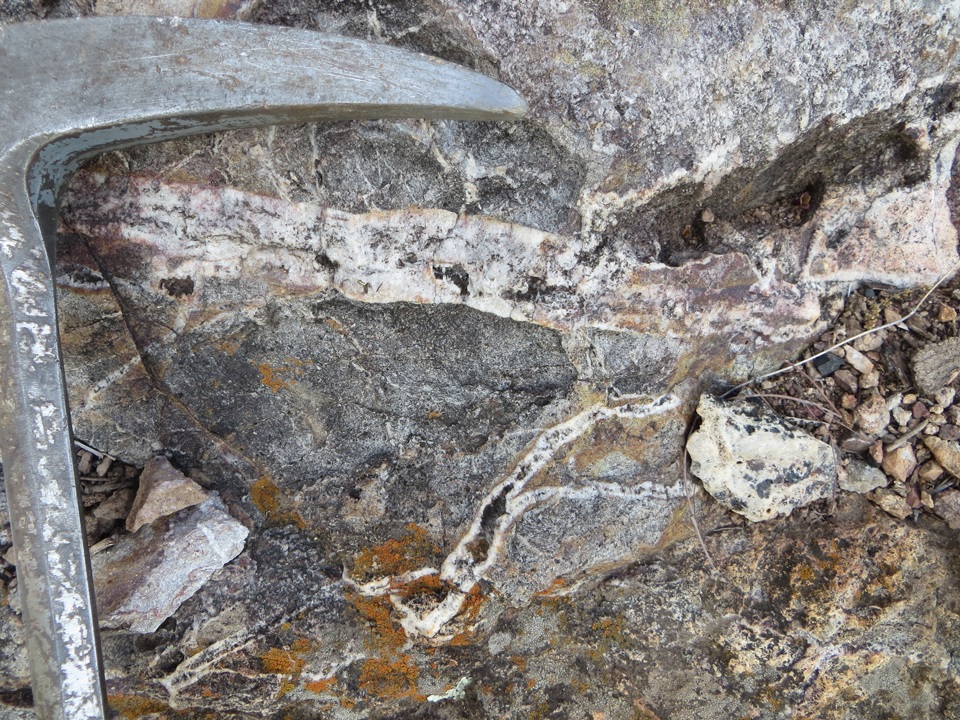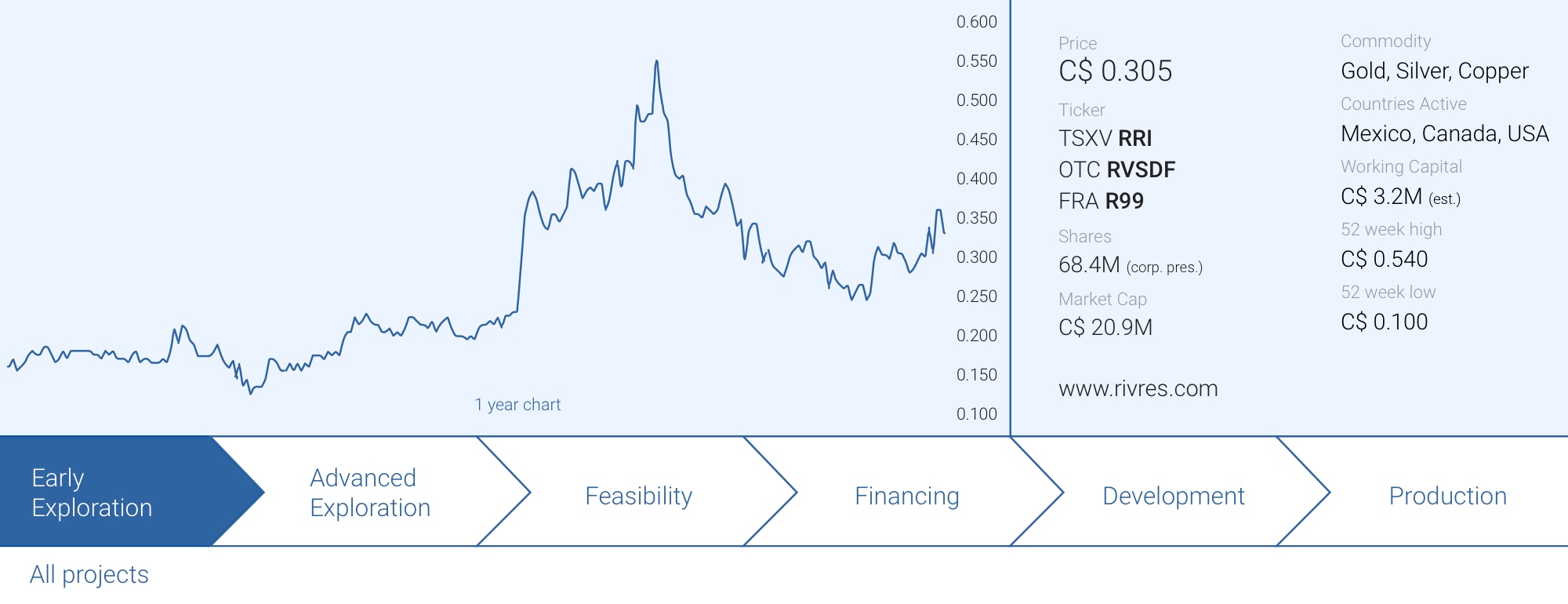
No rest for the wicked. Riverside Resources (RRI.V) has been very busy this year as not only did the company attract Hochschild Mining (HOC.L) as joint venture partner on the Los Cuarentas project, it also spun off the Peñoles gold project into Capitan Mining (CAPT.V) where the capable Alberto Orozco has taken on the CEO role.
Despite the COVID pandemic, Riverside has made great progress this year and the initial drill program at Los Cuarentas is now in full swing with the first set of assay results expected before the end of December. Riverside remains well-capitalized as Hochschild is picking up the tab for the drilling activities as part of its joint venture agreement with Riverside on Los Cuarentas. To earn an initial 51% of the Los Cuarentas project, Hochschild needs to spend US$8M on exploration so the current 2,000 meter drill program is really just the start here.
We caught up with CEO John-Mark Staude upon his return to Canada from Mexico where he checked in on the progress on the Los Cuarentas drill program and the continuous exploration efforts of Carlyle Commodities (CCC.C) on the Cecilia gold-silver project.

A sit-down with John-Mark Staude
Los Cuarentas
You recently announced the start of a 2,000 meter drill program at Los Cuarentas, which is located in the middle of a mining district with Premier Gold and Silvercrest Metals as close neighbours. Can you elaborate on how you defined and fine tuned the drill targets?
Much work went into the process of defining the drill targets at Los Cuarentas. The initial work involved integrating historic and current data to triangulate a preliminary work program. In April 2020, Riverside conducted channel sampling to further define the drill targets for the Fall drilling program. More channel sampling as well as soil sampling in Oct 2020 further defined the target areas and provided new insights on continuity between two of our key targets, Santa Rosalia and Santa Rosalia Sur. The results validated past data and also enabled a better understanding of the grades and continuity in the system.
We integrate our long time following of this property which came from Paget Minerals and prior with Teck Resources (TECK) and BHP (BHP). The drilling in the area with Penoles and extensive earlier work on the porphyry excites us for the overall district potential and our immediate targets at Los Cuarentas.
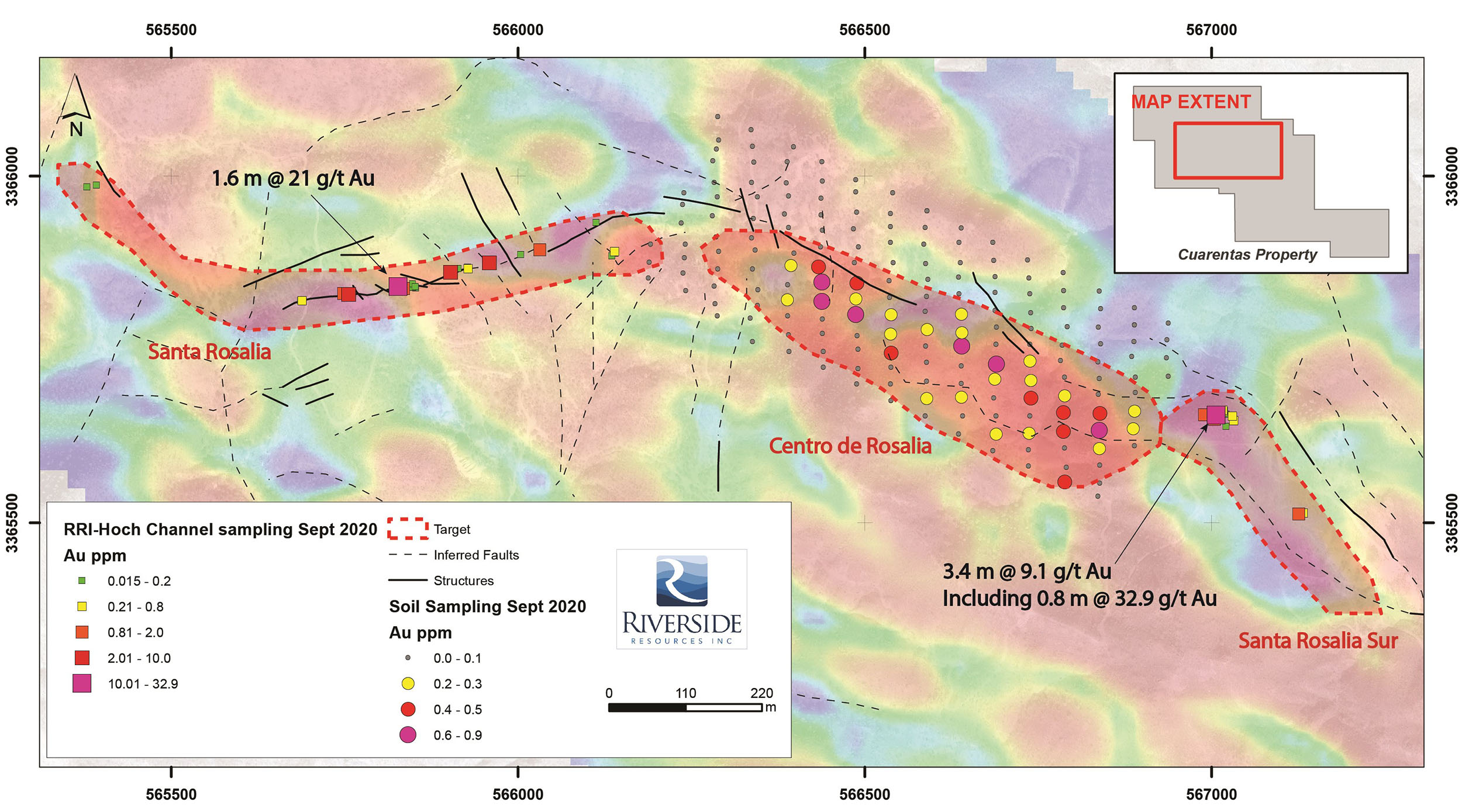
2,000 meters is a relatively small drill program. Does this indicate you are fairly confident to get a very good impression of the mineralization and the structural controls after this first pass drill program?
Given that this project has a history and we have inherited a rich dataset from that history, Riverside is starting with a solid foundation. Our own verification and validation work has added more color and texture to that dataset.
Hochschild will start with 1,500 to 2,000m of drilling in the first round. We have a deal that has US$8M of spending so this drill spending and other exploration work we have running are just the beginning.
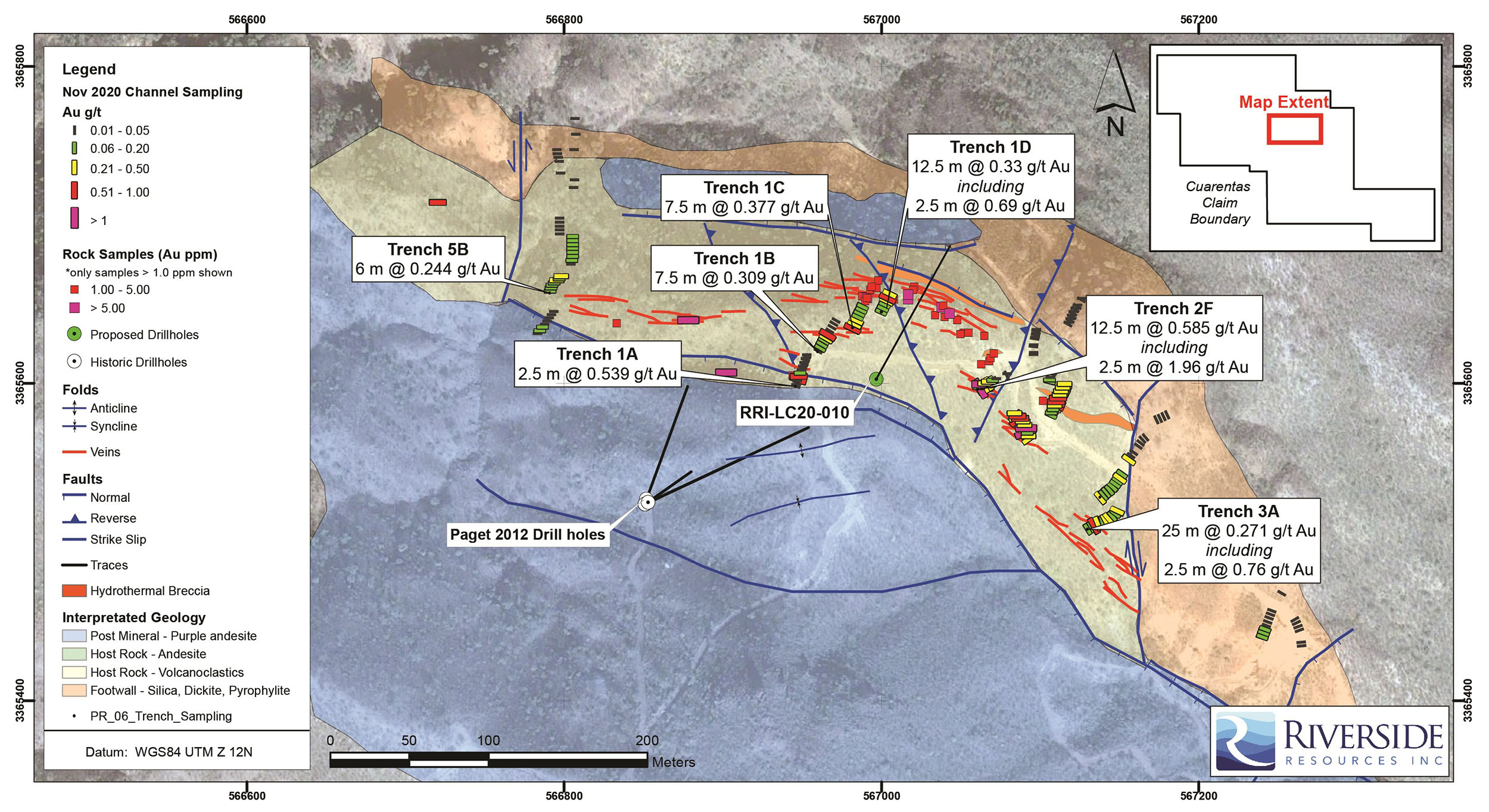
Did you get any input from the Hochschild technical team so far, or is Hochschild predominantly contributing the cash rather than providing brains as well?
Our work with Hochschild has been very collaborative. We worked closely with them as we planned this drilling program, and that interface is ongoing.
At the same time, Riverside has a certain level of autonomy in how we craft our drill programs. There is a certain trust between the partners where the operator, i.e. Riverside, can make technical decisions on a number of areas. This allows for a good division of responsibilities and accountabilities that is most efficient for the project. We are pleased with the partnership of bringing best ideas and working with their budgeting.
Do you have any data (grade, tonnage that has been mined,…) on the historical Santa Rosalia Mine?
Los Cuarentas is an old producing mine but not with much data and nothing that is substantiated to the NI43-101 level. We can see the dumps, tailings, and the shear zone with workings to get ideas of past work that went on with adits and shafts. From the surface we sampled over ½ ounce per ton gold as noted in news releases last year and then early this year we did more vein channel sampling that continued to provide high grade gold values.
The underground workings are collapsed and not safe for entry but we are lucky to have the historic report on the mine which shows the underground mine level map where we can see some of the structures that bound the shear zone gold vein mineralization.
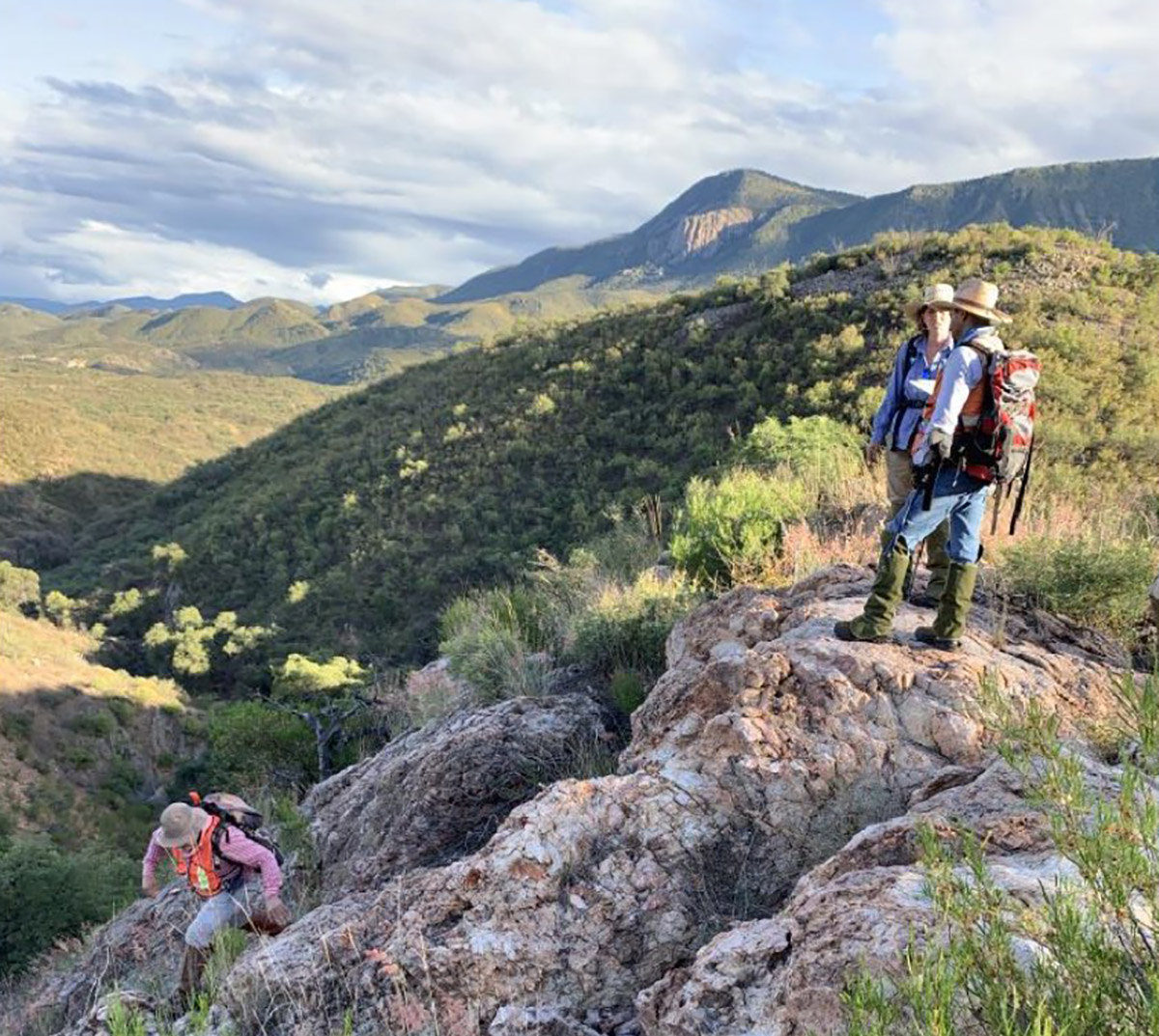
The labs in North America are backed up due to understaffing due to COVID-19, and a higher than expected amount of drill programs up and running as the financing window has opened for exploration companies. How is the situation in Mexico? What turnaround time are you expecting?
The situation in Mexico is much like the situation in many other countries, in that this pandemic has created a marked change in all forms of economic activity. The situation for us is we are working with the labs and will look to have results in December and January. Turn around times have been getting longer now.
Cecilia & other
It took Riverside a while to find the right partner, but this summer you announced you were able to attract Carlyle Commodities (CCC.C) as joint venture partner for the Cecilia project. Why did you decide to accept the Carlyle Commodities offer?
Carlyle is a good partner as they have put forth a $750,000 first year budget with drilling key targets on the top of Cerro Magallanes that we have long wanted to test and we are also glad to get more geophysics, rocks, soils done to continue to evaluate the full scale district.
We obviously still have some work to do, but I am confident the Cecilia project will be drilled in 2021.
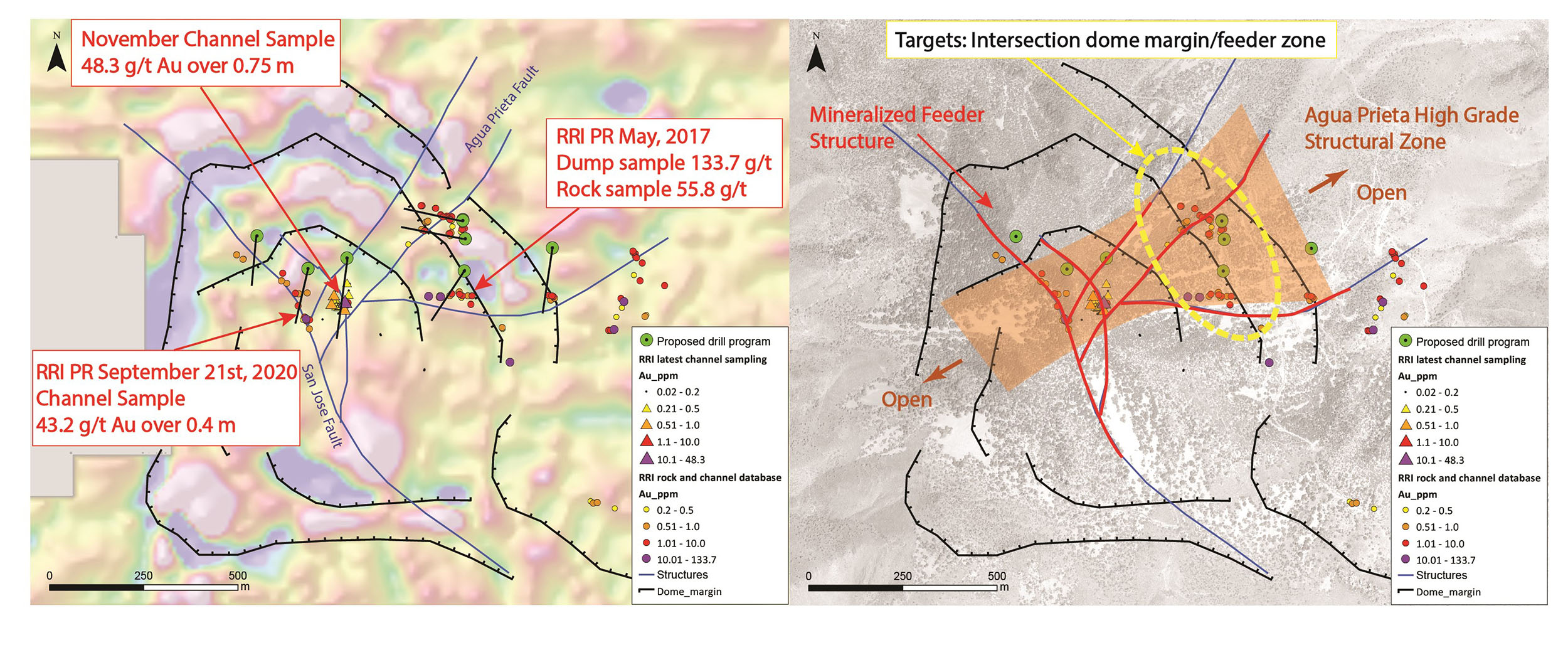
It’s been a while since we heard an update on the joint exploration program and strategic alliance with BHP. How is that moving along? Can we expect an update on this soon? Can you already tell us a few things on the first few targets you have defined?
The exploration alliance with BHP is progressing very well. The program has been successful in acquiring properties, conducting many types of exploration work and we are moving along nicely. The first year saw Riverside bring forward a range of property opportunities and collectively acquiring at least five large tenures with strong porphyry copper potential.
The agreement for the 2nd year included a budgetary increase of more than C$250K over last year on the generative and more than C$500,000 more for the past quarter on specific projects so much is running with BHP in Sonora. We continue to progress well now during the pandemic and I just returned from a three week work trip there and preparing for our next quarterly review.
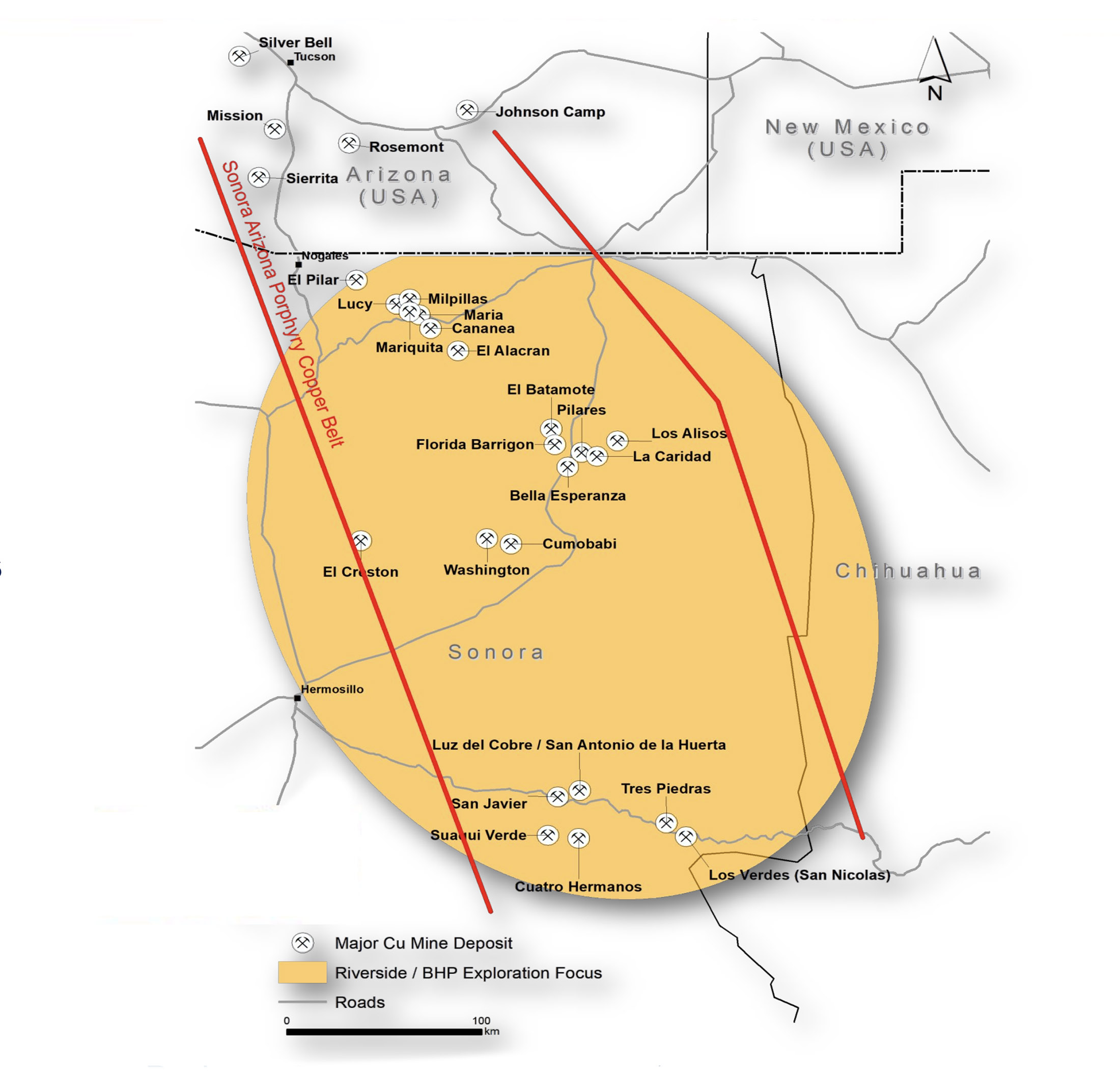
The Canadian Portfolio
You started building your Canadian asset portfolio last year, and now have four interesting projects in Canada, in what appears to be a first shift to look at other prospective regions outside of Mexico. Are you still looking to add properties to the portfolio as the marginal cost is relatively low?
Riverside has been in a very privileged position in that we have taken on projects that we felt would in time add value to the company and our shareholders. It takes a lot of effort to generate new projects, especially when quality is the foremost determinant. Building upon our knowledge in the region and good networks we have put together the portfolio.
Riverside continues to be on the lookout for good quality projects, and while cost is a key parameter, so is quality and the long term value such an acquisition can add for Riverside’s shareholders. Working over the summer we progressed the projects well and look to see 2021 active with these projects.

You recently staked a 230 square kilometer land package in Ontario. Could you elaborate on why you staked this land? We noticed your press release mentioned there has been gold exploration since the 1800s but no recent activities have taken place. Is this a ‘forgotten’ portion of a greenstone belt?
The land that Riverside has staked in the Highlake Greenstone Belt West of Kenora is driven by the same logic that led us to acquire our other Ontario projects: Longrose, Pichette, and Oakes. Northwestern Ontario is a highly prospective region and there has been much historic mining activity there including Red Lake and Geraldton among many. We see modern exploration methods are revealing good successes and we welcome moving ahead during 2021. The greenstone belt is precisely such an area that can provide high grade gold and excellent new discoveries. It has the benefits of reliable infrastructure and the opportunity that lies in re-discovering Ontario’s proud heritage of being a premier mining jurisdiction.
We feel that with the current favorable gold price, good existing infrastructure and modern exploration methods Riverside is well poised to participate on what is shaping up to be a renaissance in mining activity in northern Ontario.
What are you planning as the next steps on the exploration front at the High Lake Greenstone Belt?
Next steps will consist of integrating field data collected over the summer, putting together drill target ideas, and working with the First Nations to secure potential working plans. Meanwhile, we will be evaluating potential partnership proposals and working with historic drill cores.
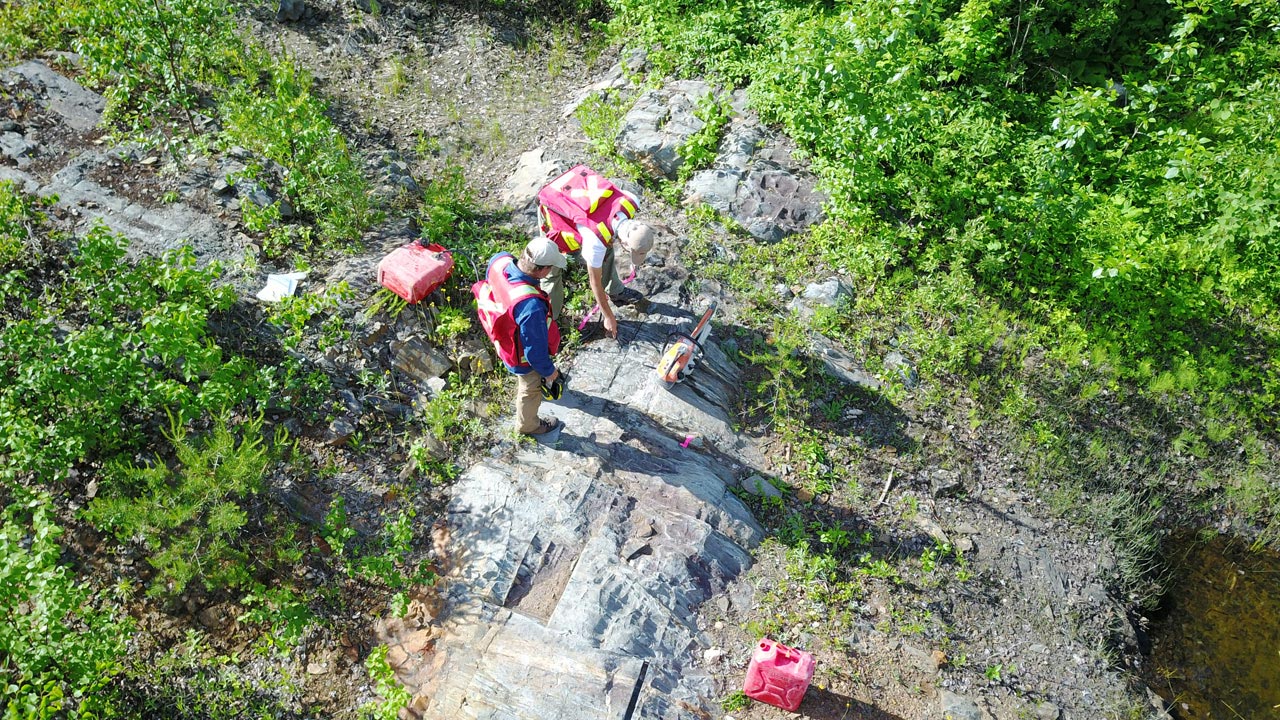
It has been a while since Riverside provided an update on the Oakes Gold project, also in Ontario. In December last year, you announced you completed the second round of exploration work which was focusing on defining drill-targets. Has COVID-19 delayed you? What can we expect from the Oakes project in the next 12 months?
Our Oakes project has been progressing very well over the summer. We had a trip just now before the snow started with our VP of Exploration, Freeman Smith, leading much of the work. The programs have been defining the drill targets and we will be discussing these with partners now over the winter and into the spring to keep moving Oakes and others ahead.
Covid has played a part in the speed of progress and we have been making good strides in our exploration work. This has included a solid round of channel sampling, permitting work and progress with our relationships with First Nations communities. We just completed our summer exploration work and now are collating and processing all the data we have collected.
At the same time we have been working very hard in crafting a road map for how we would like to advance the Oakes project to the next level. The next few months will be very exciting, as Riverside will be sharing our plans for how we plan on advancing our Ontario projects, so stay tuned!
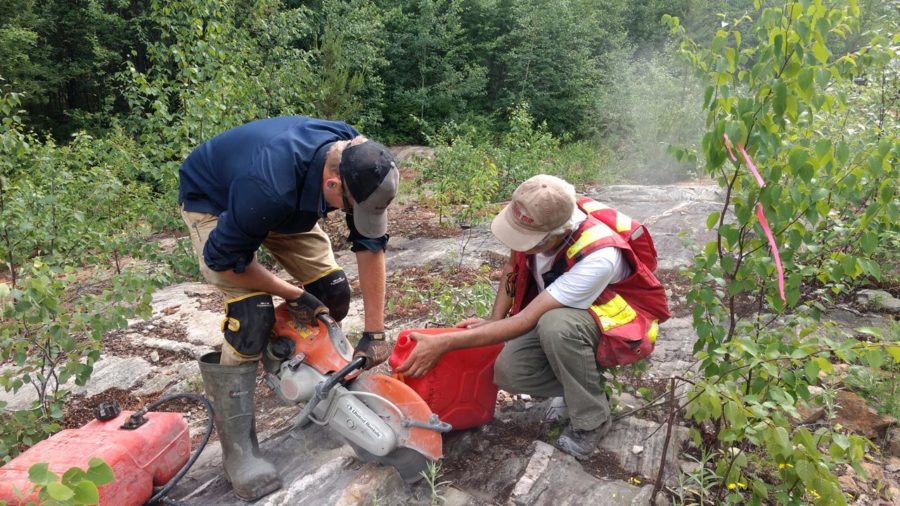
Oakes Gold Project 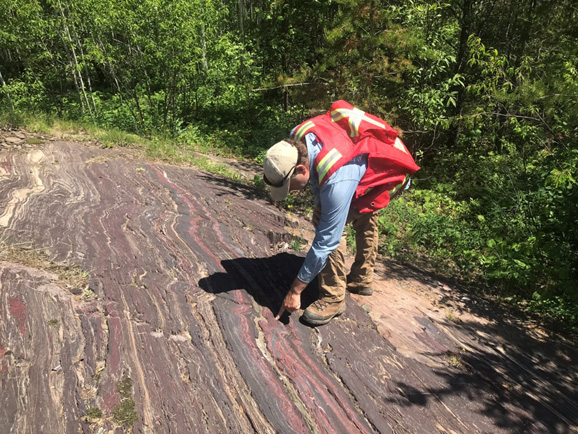
Longrose Gold Project
Corporate
Your expansion from Mexico into Canada was interesting. How do you deal with it from a ‘human capital’ perspective? Can geologists from Mexico also work in Canada (and vice versa)? Not from an immigration/work permit point of view, but from a technical point of view. Will you need two separate teams considering the type of exploration projects is very different?
Riverside has always been in a privileged position in that we have always been a virtual team. Even in Mexico, we have had projects in different States, and that has enabled a healthy collaborative culture in the company. Our model of working with joint venture partners, usually at a distance, has also instilled in us a culture of partnership and collaboration.
With the addition of Canadian projects, we see that collaboration taking on a whole new flavour as best practices are now being shared across borders. But they are still rooted in the same culture of Riverside. Knowledge knows no boundaries. It is in our DNA!
Riverside successfully spun off Capitan Mining (CAPT.V) this summer, and the Capitan share price is holding up very well as it’s trading above the C$0.20 IPO price. Riverside shareholders received a nice bonus as you distributed a large portion of the Capitan shares to the Riverside shareholders. Are you planning on keeping your existing position or are you planning on monetizing or dividending out this position?
Riverside used the Plan of Arrangement and since this, the shares of Capitan Mining have traded upward and the Capitan has access to a strong treasury having raised over C$3.8M and is drilling actively at the Penoles project (some initial drill results were announced last week). We are pleased the Riverside shareholders received all the shares in Capitan and moving ahead now we are looking for more results and growth.
Considering the Capitan spinoff was well-received by the market, are you considering taking this route further down the road to generate added value on assets in your portfolio? What are the main points in your consideration whether or not an asset (or group of assets) is ready and sufficiently advanced to be spun off from Riverside?
As you can imagine spinning out projects is quite an involved process and such a decision must be taken after much consideration and with some degree of foresight. The foremost question when weighing the trade offs is whether such a move will create shareholder value. If the answer is yes, then other considerations come into play. These include questions such as how quickly and is there a capable management team that can advance it further; can the company be well capitalized; is there shareholder support; what key milestones are envisioned; what is the strategy, etc.
So it’s really not just quickly throwing things together, there’s a focus on quality, real business, making sure projects and ventures have a strong chance for success. We commit to it, I as CEO, often personally invest alongside the other shareholders to be part of the growing new company.
What’s your current cash position? You ended June with a working capital position of C$3.2M (including cash and short-term assets) but in your financial statement, the footnote discusses you monetized positions to raise C$748,000 while you also received around C$900,000 in option and warrant exercises. May we assume the treasury is still in good health?
Absolutely. Our treasury in excellent health, as it has almost always been since the company was founded. Our current cash position is sitting at around the same C$3M. And of course, our common refrain…we have no debt. We work hard with the partners to progress assets but not dilute the share count.
Shareholders can rest assured that Riverside is a responsible steward of their capital and we work to develop win-win deals with partners who are funding the derisking of the assets we have in the portfolio.
Conclusion
CEO John-Mark Staude is one of the most energetic people in the industry and he clearly needed most of his energy for what has been a very busy second half of the year for Riverside Resources.
The year started slow and the COVID pandemic didn’t help either, but Riverside has been able to shift a few gears higher since the Hochschild announcement and is now rapidly advancing the two main Mexico-based projects (Los Cuarentas and Cecilia) with the respective partners. VP Exploration Freeman Smith spent a substantial portion of his summer in Ontario where Riverside seems to be aggressively advancing its projects as well.
Disclosure: The author has a long position in Riverside Resources Inc. Riverside Resources Inc. is a sponsor of the website. Please read our disclaimer.
